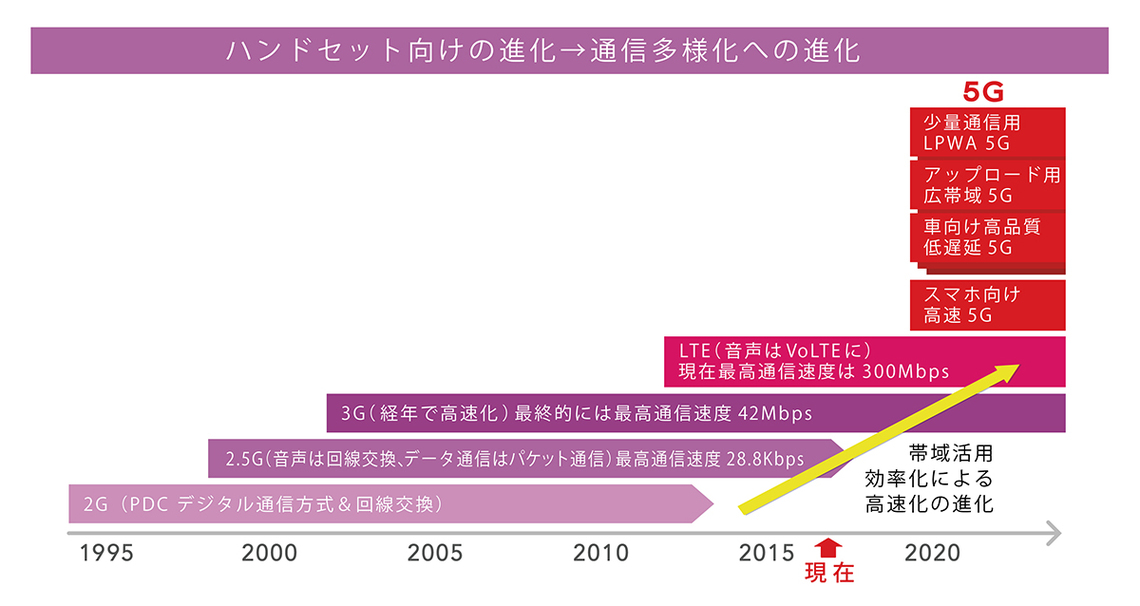(Continued from Part 1 )
Toward Individual Optimization in IoT Environments
What does optimizing the IoT environment in communications mean? While IoT encompasses various devices and applications, let's illustrate it with something likely to happen in the near future.
Connected cars are gaining attention. These are vehicles directly connected to the cloud, or directly interconnected with other cars, people, bicycles, etc. By capturing location data including a car's speed and direction of travel, and similarly obtaining the speed and location data of people and bicycles, intersection collisions can be prevented proactively through automatic braking or collision avoidance alerts. The communication environment required here doesn't need the high-speed connections often touted in communication advancements, like hundreds of Mbps. In fact, the capacity that can be sent at once doesn't need to be large, but immediate and guaranteed connectivity is crucial. In other words, the communication environment needed to realize a service that automatically prevents collisions between cars and people must be "ultra-low latency," "guaranteed connectivity," and "suitable for small data transfers."
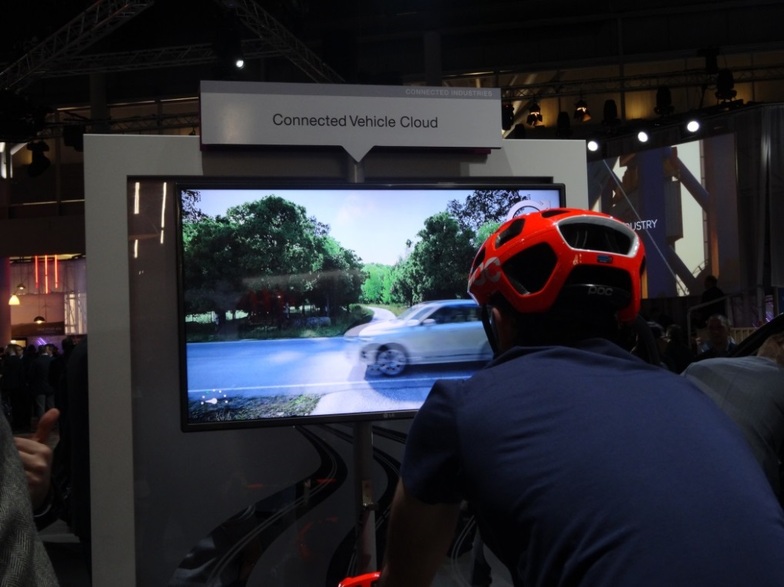
Ericsson's bicycle-vehicle collision prevention solution seen at MWC 2015
Alternatively, as IoT devices proliferate, many may operate with low communication frequency. These might send alerts during emergencies or communicate only periodically, like once a month. Additionally, there will be devices like gas meter reading transmitters or livestock tracking devices that need to be placed in locations without power sources. These don't require constant communication. It has become clear that, as communication technology evolves, IoT devices capable of reliable communication when needed—and operating for years on a single AA alkaline battery—can be realized to meet these demands. As low-frequency, low-data-volume IoT devices proliferate, the required communication environment will be characterized by "wide coverage," "low power consumption," and "small data volume." Due to the low communication frequency and capacity, a single base station is expected to cover more devices. This concept is called "LPWA" (Low Power Wide Area). Given the high demand and business benefits, there is a visible movement to implement this using LTE before 5G.

Qualcomm introduces an LTE-based Low Power IoT module capable of operating for approximately 11 years on a single AA battery
Recently, surveillance cameras have been increasing in Japan too. Most are network-enabled, and high-quality models like 4K-compatible ones are also growing in number. By connecting directly to the cloud, surveillance cameras offer new benefits. For example, they could enable optimal OOH (Out-of-Home) advertising through facial recognition. Technologically, it's now possible to display holographic ads right in front of someone the moment they pass through a ticket gate, like scenes once seen only in movies. However, this requires a robust uplink bandwidth to upload high-quality video to the cloud in real time. While methods like segmenting data or sending still images exist, the future will likely involve dynamically switching between wired and wireless connections based on the situation. This will enable sending various types of video to the cloud in real time and returning cloud-based analysis results instantly to individuals or media. At that point, a "high-speed," "wide-bandwidth" "uplink" will be essential.
In the video sector, VR (Virtual Reality), whose growth is widely anticipated, presents challenges from a communications perspective. Real-time VR streaming requires high-speed, high-bandwidth uplinks. This is similar to surveillance cameras, but VR demands higher frame rates than standard video to prevent motion sickness and covers a 360-degree field of view, potentially multiplying data requirements several times over. Streaming also naturally demands high-speed, high-bandwidth downlinks. Now that we see business potential even in "low-volume" and "low-frequency" communications, VR services, which primarily rely on high-capacity data, might be viewed as a less attractive market from a communications standpoint. Of course, as long as current pay-per-use data plans persist, promoting usage will increase revenue proportionally to consumption. However, in the future, this may become an area requiring consideration to reduce the burden on users.
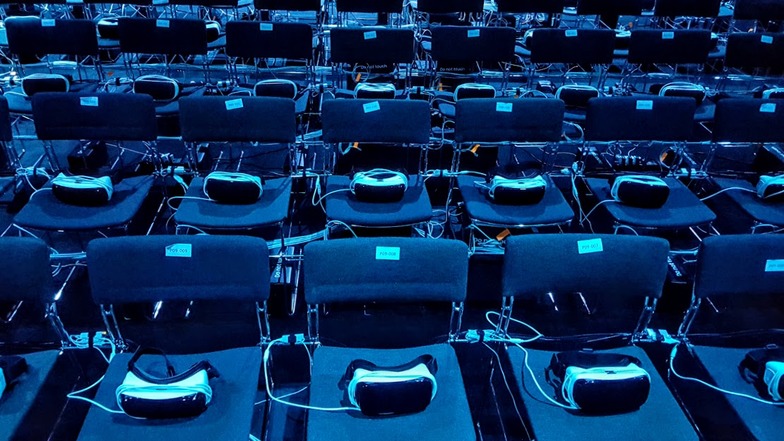
Samsung Unpacked unveiled new products using over 4,000 VR devices
As we transition from the handset era to the IoT era, the required "communication specifications" standards diversify. While 5G is concretely advancing toward speeds exceeding 10Gbps, the evolution beyond LTE highlights the appeal of another vector: diversification. In other words, MWC 2019 clearly demonstrated the shift from the handset era, centered on high-speed and high-capacity evolution, to the IoT era, which provides the optimal communication environment for each application (use case).
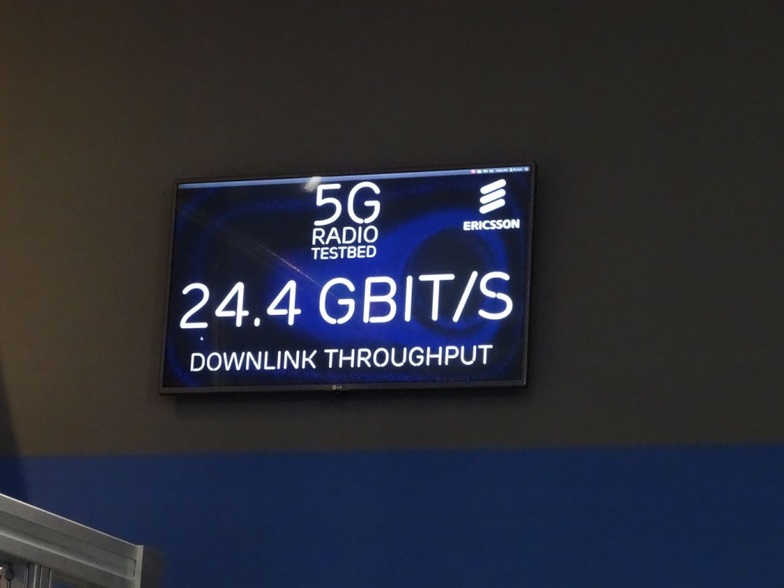
Ericsson's 5G already achieving throughput exceeding 20Gbps
Significant business opportunities lie in connecting the "pipes" to the cloud
At CES, attention focused on devices, with expectations centered on business opportunities arising from new usage scenarios created by their proliferation. However, at MWC, many companies recognized significant business opportunities in the infrastructure side and were beginning initiatives. In particular, the integration of communication networks—previously referred to as "pipes"—with the cloud, which provides AI capabilities and service platforms, will become a major growth category in the IoT era. Telecom operators can expect a surge in line contracts, which had previously plateaued. Furthermore, this presents an opportunity to expand business beyond the network layer into the application layer, revealing substantial growth potential. Naturally, this application layer is a market targeted by many players, including cloud-based companies.
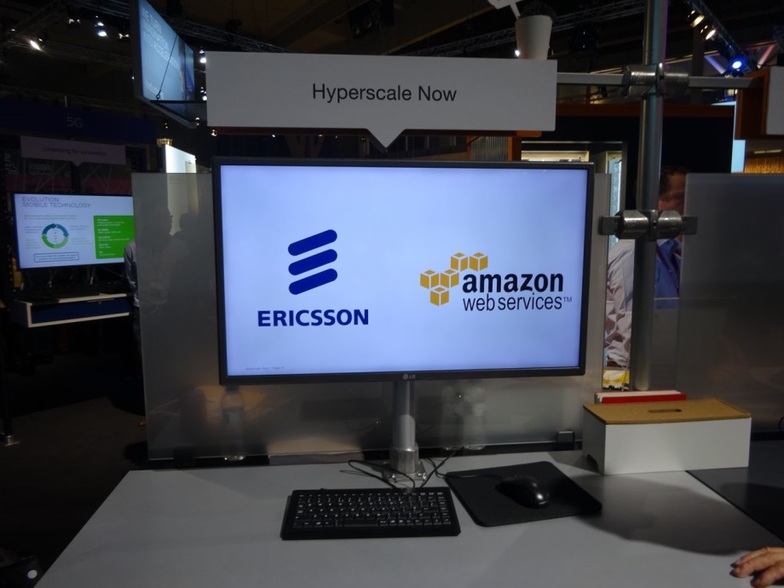
The Ericsson and Amazon Web Services partnership is having a major impact on the industry as a fusion of telecommunications and cloud.
The advertising and marketing industries also face major opportunities. Consumers have yet to fully envision IoT integrating into their daily lives. A key challenge for IoT is that appealing solely through devices or services may not capture consumer attention. Inventing new communication methods that leverage IoT to convey its appeal as an integral part of life could become the next generation of advertising business.
The evolution of communications heralds a new era of innovation in daily life. Opportunities await every company. We encourage readers of this report to envision the future not just through devices and apps at hand, but also through a slightly different lens—the evolution of communications itself. We hope as many people as possible will discover the "fascinating potential of communications" that can lead to exciting ideas and new businesses that open up markets.



